Soluciones
La gama de negocios de construcción de caballos se extiende a todo el mundo y sirve a miles de clientes con productos, orientación técnica especializada en construcción, y somos testigos del reinicio de la marca china con ellos.
Seismic retrofit methods improve the strength of structure and component; improve the stability of structure and component; improve the stiffness of structure and component; improve the durability of structure and component.
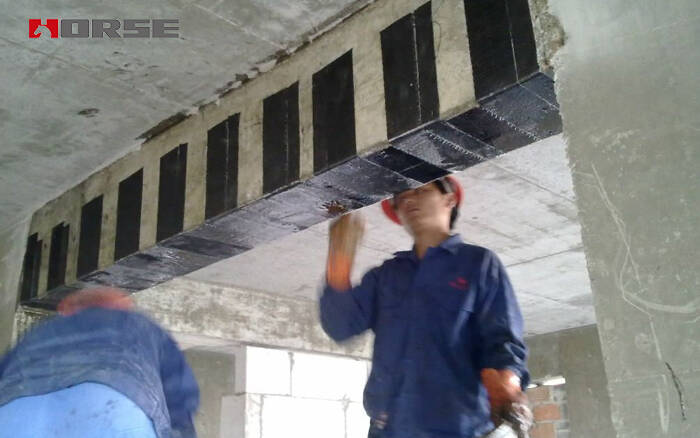
The purpose of strengthening and rebuilding the building
Buildings for various reasons can not meet the requirements of safety, applicability and durability. After building reliability appraisal, reinforcement must be carried out. China began to strengthen the structure in 1950s. In the past few decades, there are many examples of building reinforcement in China, which has accumulated rich practical experience and formed a systematic theoretical knowledge. Reinforcement applied to structural damage caused by various reasons has played a great role in promoting the development of reinforcement technology. The main purpose of the strengthening and strengthening of the building is to:
(1) improve the strength of structure and component;
(2) improve the stability of structure and component;
(3) improve the stiffness of structure and component;
(4) improve the durability of structure and component;
Because the damage degree of structure and component is different, the requirement and purpose of reinforcement and reinforcement are not the same. Therefore, different reinforcement methods should be selected and different reinforcement measures should be taken to different conditions.
The principle of seismic reinforcement of reinforced concrete
In essence, seismic reinforcement is to improve the seismic capacity of the structure by improving the force of structural members and structures, so as to reduce the impact of earthquake on structural damage. The principles of aseismic reinforcement are as follows
(1) the principle of overall effect.
(2) the principles of strengthening components and strengthening structural systems.
(3) the principle of local reinforcement and overall reinforcement.
(4) the principle of temporary reinforcement and permanent reinforcement.
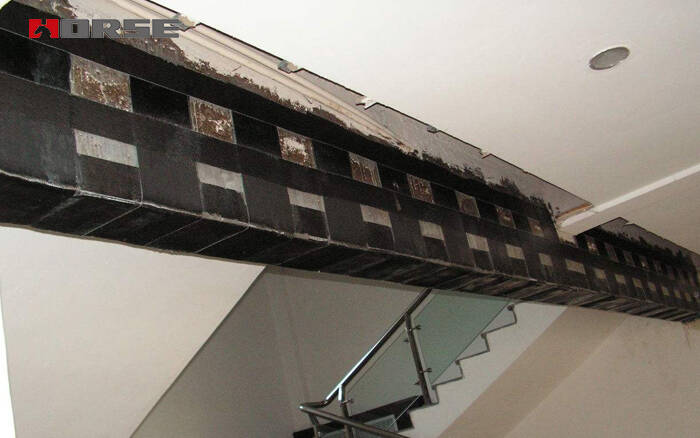
The program for seismic reinforcement of buildings
First, according to the original design drawings, the status of the project and the current load requirements, the existing buildings are identified in accordance with the standard standards, and the existing buildings are not satisfied with the existing standards. Generally speaking, the identification of the existing building structure is mainly based on two aspects: first, whether the overall structure meets the seismic requirements. It mainly refers to whether the whole building's fortification intensity and overall structural scheme meet the current code requirements. The two is whether a single component can meet the aseismic requirements. The detection of single component can be used to detect the strength and defects of the building components by the ultrasonic instrument, springback instrument, crack microscope, in situ axial compression instrument and so on, and evaluate the building performance. According to the results of identification, a reasonable reinforcement scheme is formulated. At the same time, we should ensure that they meet the requirements of the current specification. And to enhance the comprehensive seismic capacity of buildings, as a measure of seismic performance of reinforcement marks.
Secondly, the reinforced scheme has been further refined, the construction drawings are drawn, and the concrete requirements for the construction technology, construction methods, construction materials and construction attention are put forward. Try to avoid damage to the original components, in order to prevent the reinforcement of the original structure of new damage.
Aseismic reinforcement of reinforced concrete
Enlargement section method
Reinforcement method of outsourced steel plate
Reinforcement method for changing the force system
Base isolation technology
Energy dissipation technology
Strengthening technology of high-strength stainless steel strands + high-strength polymer mortar
Puede encontrar cualquier cosa que necesite, confíe en probar estos productos y encontrará la gran diferencia después de eso.
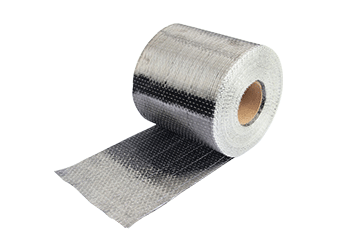
Tejido de fibra de carbono unidireccional de alta resistencia para refuerzo de compuesto de polímero reforzado con fibra (FRP).
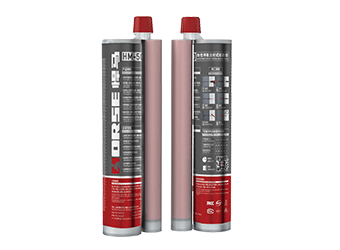
Resina de anclaje epoxi, paquete de cartucho doble. Se inyecta en los orificios con la pistola dispensadora para plantar barras.
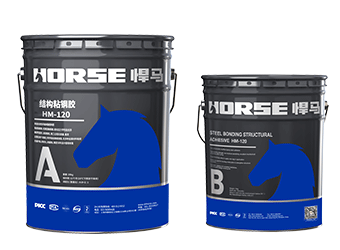
Adhesión de acero y hormigón, utilizada para el refuerzo sísmico de muchos edificios.